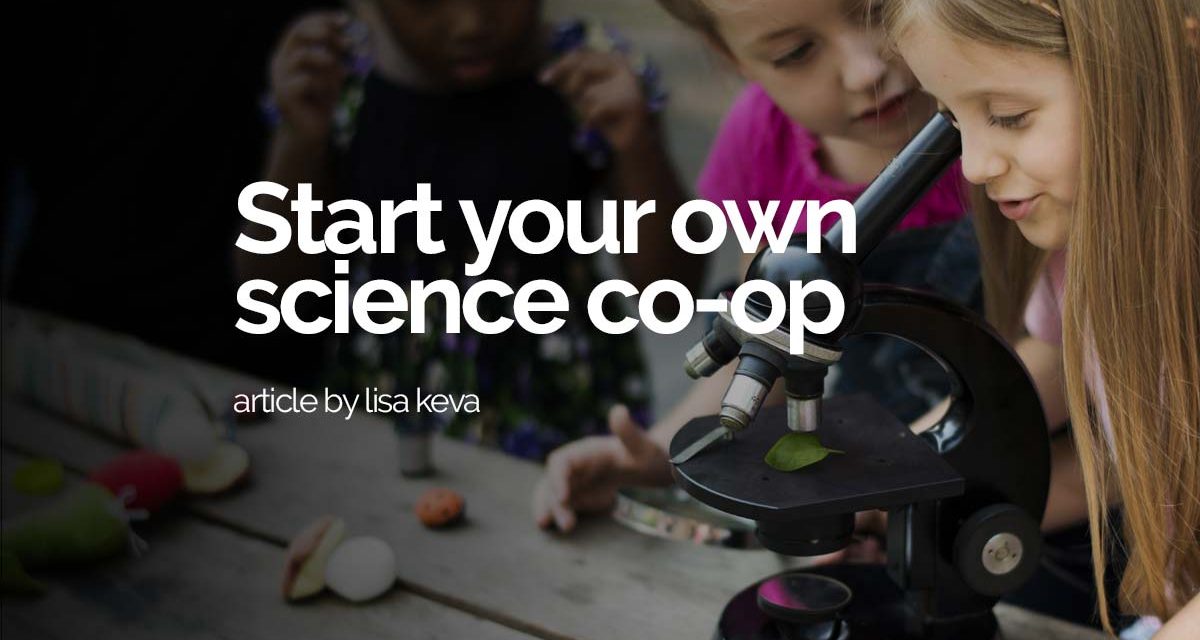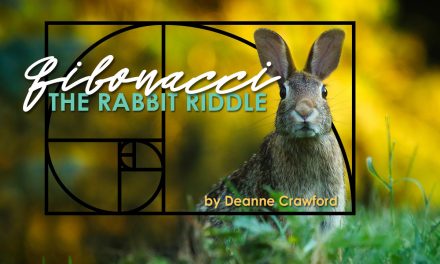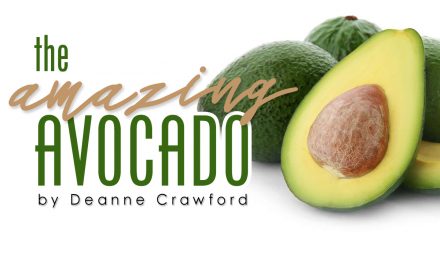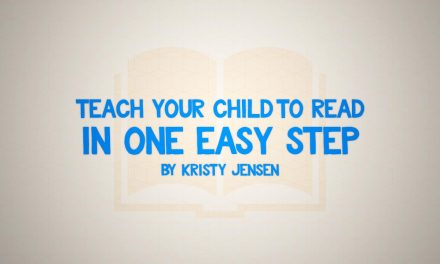In all my years of homeschooling, there are two subjects that always seem to get neglected and are always in high demand. They are Art and Science! While I’m not an artist, I do know that science labs are one of the most neglected areas in homeschooling. BUT, with a little planning this can be overcome by starting your own homeschool science co-op!
You will need:
- a group of 2-3 families to start for younger kids, more for older kids. (Obviously the number of children involved will have some bearing on the number of families to include)
- a home to meet in or a plan to rotate homes
- a calendar to schedule your meetings every two weeks for approximately 2 hours at a time for younger kids/middle schoolers and possibly 2 hours at a time once a week for high schoolers.
- a mutually agreeable curriculum
I’m sure you could do this with other science curriculum. But, since I have the most experience with Apologia, I will be using that as my example.
For example, Apologia offers some great hands-on, Charlotte Mason approached, Creation based sciences geared for homeschool use that are easily doable in a co-op setting. For the homeschool elementary aged crowd, choose from Astronomy, Botany, Flying Creatures, Swimming Creatures, Land Animals, Physics/Chemistry or Anatomy. For Middle School General Science and Physical Science. (Though Physical Science can also be used a high school text depending on the student’s abilities.) High school can be parent run as abilities present. I’ve found that Physical Science and Biology were mostly able to be parent run while Chemistry and Physics may need an experienced parent/teacher at the wheel.
Once you’ve decided on which book to do and where to meet, it’s time to consider the actual labs. You have one of two choices. You can either do a signup sheet for needed items between families OR save yourself time and purchase a pre-made kit.
Before your co-op officially begins, over the course of approximately two weeks, have your child read the chapter, or in the case of younger children, read to them and work through the journaling questions and activities.
Another nice option is to use Apologia’s notebooks for journaling, drawing, review, copywork (for the younger crowd) and lab sheets in conjunction with the text. Again, this isn’t necessary, but it is nice. This notebook also makes a very nice portfolio for those families that do an end of the school year review to send to their respective school district.
When you come together as a group for the labs, appoint one Mom to take the lead. Spend a few minutes orally reviewing the chapter. Next, either tackle the mini-book (again for the younger kids) from the notebook or the experiment(s). This is easier than it sounds. All the steps involved with the labs are clearly written and easily executed. When you do the labs, allow enough time (and help) for everyone to fill out their lab sheet. This helps with skills the student will definitely need when they get to middle and high school.
Co-oping your science is a great way to ensure you don’t skip those experiments, loose track and focus in your homeschool…and it’s just plain FUN!





